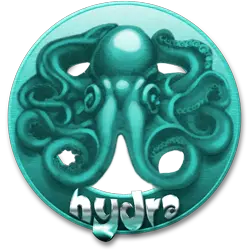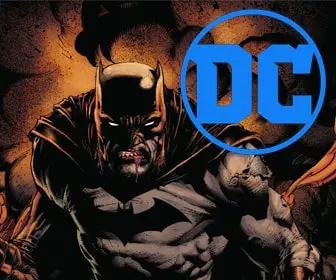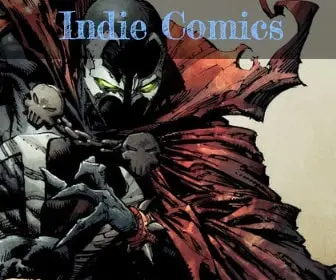
Understanding Graphic Novels: Origin and Evolution
When you hear the term ‘graphic novel,’ what comes to mind? Do you think of colorful superhero stories, dark and gritty detective tales, or perhaps something altogether different? Graphic novels are a diverse and dynamic medium, encompassing a wide range of stories and styles. But what exactly is a graphic novel, and where did they originate? Let’s dive in and explore the world of graphic novels.
What is a Graphic Novel?
A graphic novel is a book-length work of fiction or nonfiction that uses the format and conventions of a comic book, including sequential art, to tell a complete story. Unlike comic books, which are usually serialized and periodical, graphic novels are typically self-contained stories published as individual books. They can be standalone stories, or part of a series.
The content of graphic novels can vary widely, from fantasy and science fiction to memoir and history. Some graphic novels are aimed at children, while others are intended for adults. The art style can also vary significantly, from the traditional comic book style to more experimental and abstract approaches.
The Origin of Graphic Novels
The history of graphic novels is deeply intertwined with the history of comic books. Comics have been around in some form or another for centuries, but the modern comic book, as we know it, started to take shape in the 1930s and 1940s in the United States. This era saw the creation of iconic characters like Superman, Batman, and Wonder Woman, and the rise of the superhero genre.
The term “graphic novel” was popularized in the 1960s and 1970s by creators like Will Eisner, who used it to describe his long-form comics work. Eisner’s “A Contract with God,” published in 1978, is often cited as one of the first graphic novels, although there were other similar works before it.
The 1980s saw the publication of several groundbreaking graphic novels that helped establish the medium as a serious form of literature. These included Art Spiegelman’s “Maus,” a memoir about his father’s experiences during the Holocaust, and Alan Moore and Dave Gibbons’ “Watchmen,” a deconstruction of the superhero genre.
The Evolution of Graphic Novels
Since the 1980s, the graphic novel medium has continued to evolve and expand. Today, graphic novels are created by artists from all around the world and cover a vast array of genres and topics. Some, like Marjane Satrapi’s “Persepolis,” have been adapted into successful films. Others, like Gene Luen Yang’s “American Born Chinese,” have won prestigious literary awards.
There is now a thriving community of creators, publishers, and readers dedicated to graphic novels. Many bookstores have dedicated graphic novel sections, and there are even book clubs and literary festivals focused on the medium.
Collectors
Some of the most popular and influential graphic novels that are often found in collectors’ libraries include:
- Watchmen by Alan Moore and Dave Gibbons: This groundbreaking graphic novel is a deconstruction of the superhero genre and is often cited as one of the greatest graphic novels of all time.
- Maus by Art Spiegelman: This Pulitzer Prize-winning graphic novel is a memoir about Spiegelman’s father’s experiences during the Holocaust, with Jews drawn as mice and Nazis as cats.
- The Dark Knight Returns by Frank Miller: This influential graphic novel reimagined Batman as an older, grittier character and helped usher in a new era of darker, more mature comic book storytelling.
- Persepolis by Marjane Satrapi: This graphic memoir tells the story of Satrapi’s childhood in Iran during the Islamic Revolution.
- Sandman by Neil Gaiman: This critically acclaimed series blends mythology, fantasy, and horror to tell the story of Dream, one of the Endless, and his interactions with the mortal and immortal worlds.
Graphic novels are a dynamic and versatile medium that offers a unique way of storytelling. From their origins in the comic book world to their current status as a respected literary form, graphic novels have come a long way. Whether you’re a fan of superhero stories, memoirs, or experimental art, there’s a graphic novel out there for you. Happy reading!












